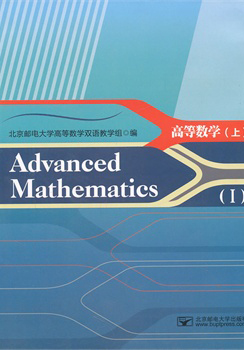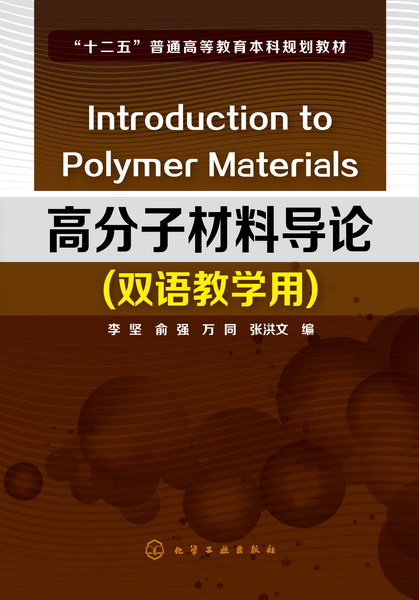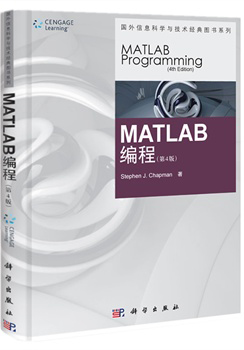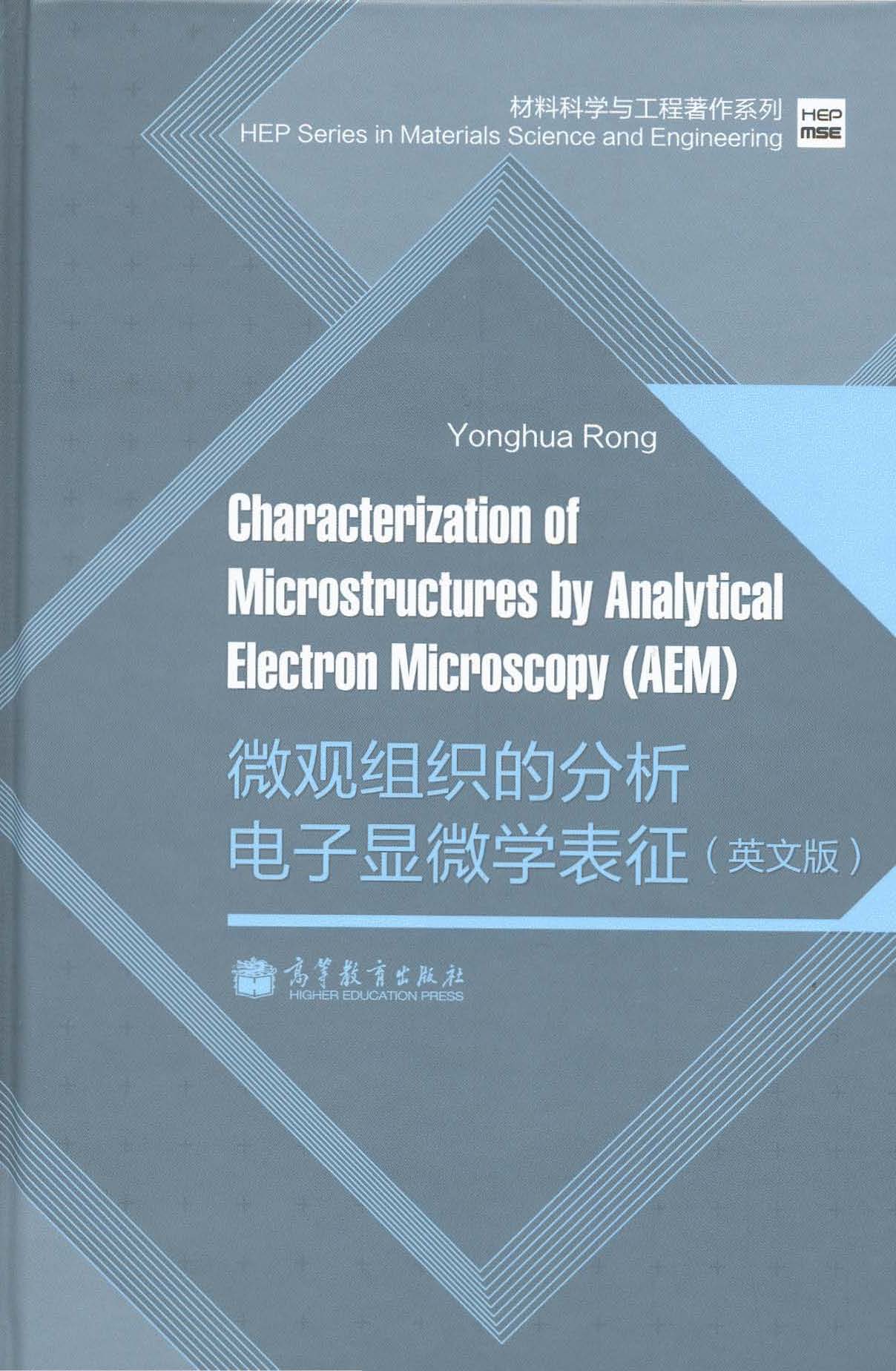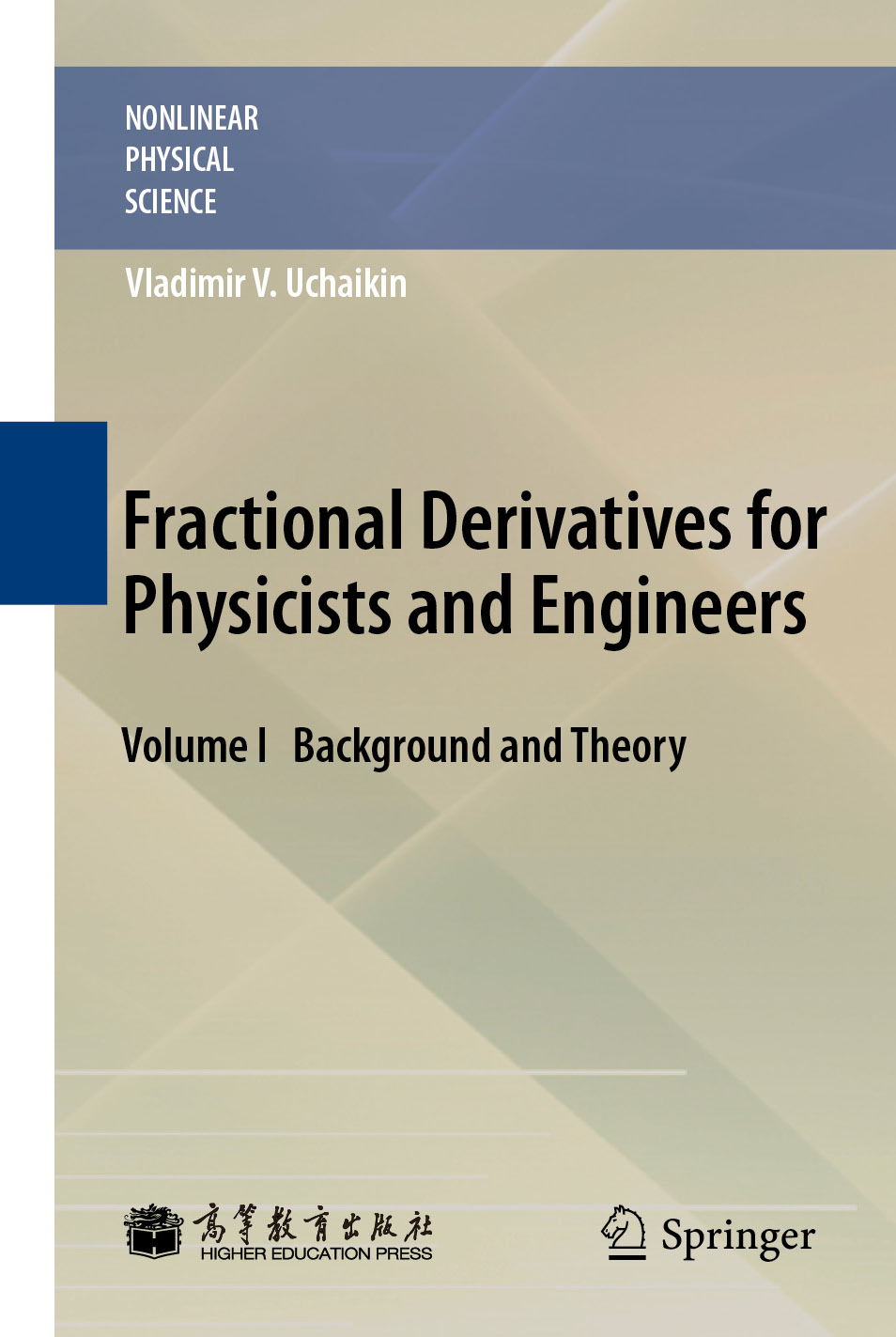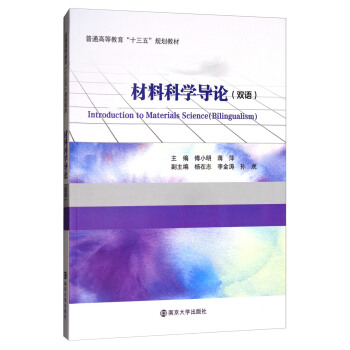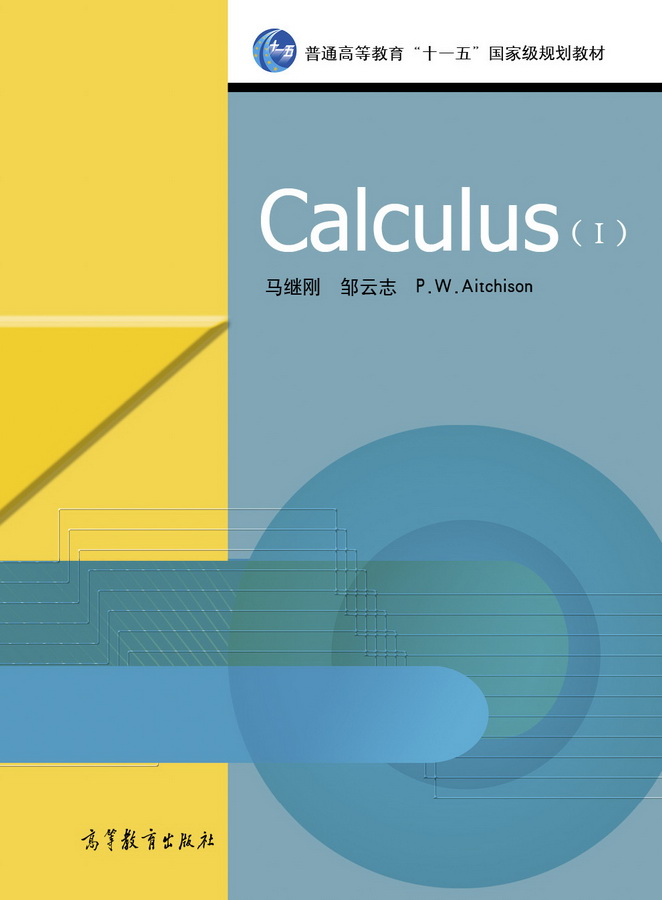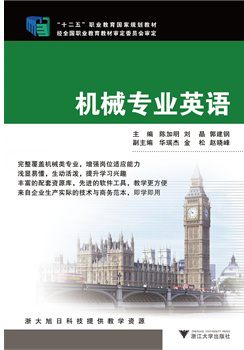高等数学(I)
¥42.00定价
作者: 北邮数学系双语教学组
出版时间:2011-09
出版社:北京邮电大学出版社
- 北京邮电大学出版社
- 9787563527328
- 139346
- 47156481-5
- 2011-09
- 理学
- 数学
- TN01
- 各专业
- 本科
内容简介
北京邮电大学高等数学双语教学组编著的《高等数学(上)(英文版)》是根据国家教育部非数学专业数学基础课教学指导分委员会制定的工科类本科数学基础课程教学基本要求编写的全英文教材,全书分为上、下两册,此为上册,主要包括函数与极限,一元函数微积分及其应用和无穷级数三部分。本书对基本概念的叙述清晰准确,对基本理论的论述简明易懂,例题习题的选配典型多样,强调基本运算能力的培养及理论的实际应用。《高等数学(上)(英文版)》可作为高等理工科院校非数学类专业本科生的教材,也可供其他专业选用和社会读者阅读。
目录
chapter 0 preliminary knowledge
0.1polar coordinate system
0.1.1plotting points with polar coordinates
0.1.2converting between polar and cartesian coordinates
0.2complex numbers
0.2.1the definition of the complex number
0.2.2the complex plane
0.2.3absolute value,conjugation and distance
0.2.4polar form of complex numbers
chapter 1 theoretical basis of calculus
1.1sets and functions
1.1.1sets and their operations
1.1.2mappings and functions
1.1.3the primary properties of functions
1.1.4composition of functions
1.1.5elementary functions and hyperbolic functions
1.1.6 modeling our real world
exercises 1.1
1.2limits of sequences of numbers
1.2.1the sequence
1.2.2convergence of a sequence
1.2.3calculating limits of sequences
exercises 1.2
1.3limits of functions
1.3.1speed and rates of change
1.3.2the concept of limit of a function
1.3.3properties and operation rules of functional limits
1.3.4two important limits
exercises 1.3
1.4infinitesimal and infinite quantities
1.4.1infinitesimal quantities and their order
1.4.2infinite quantities
exercises 1.4
1.5continuous functions
1.5.1continuous function and discontinuous points
1.5.2operations on continuous functions and the continuity of elementary functions
1.5.3properties of continuous functions on a closed interval
exercises 1.5
chapter 2 derivative and differential
2.1concept of derivatives
2.1.1introductory examples
2.1.2definition of derivatives
2.1.3geometric interpretation of derivative
2.1.4relationship between derivability and continuity
exercises 2.1
2.2rules of finding derivatives
2.2.1derivation rules of rational operations
2.2.2derivative of inverse functions
2.2.3derivation rules of composite functions
2.2.4derivation formulas of fundamental elementary functions
exercises 2.2
2.3higher-order derivatives
exercises 2.3
2.4derivation of implicit functions and parametric equations,related rates
2.4.1derivation of implicit functions
2.4.2derivation of parametric equations
2.4.3related rates
exercises 2.4
2.5differential of the function
2.5.1concept of the differential
2.5.2geometric meaning of the differential
2.5.3differential rules of elementary functions
exercises 2.5
2.6differential in linear approximate computation
exercises 2.6
chapter 3 the mean value theorem and applications of derivatives
3.1the mean value theorem
3.1.1rolle's theorem
3.1.2lagrange's theorem
3.1.3cauchy s theorem
exercises 3.1
3.2l'hospital's rule
exercises 3.2
3.3taylor's theorem
3.3.1 taylor's theorem
3.3.2applications of taylor's theorem
exercises 3.3
3.4monotonicity and convexity of functions
3.4.1monotonicity of functions
3.4.2convexity of functions,inflections
exercises 3.4
3.5local extreme values,global maxima and minima
3.5.1local extreme values
3.5.2global maxima and minima
exercises 3.5
3.6graphing functions using calculus
exercises 3.6
chapter 4 indefinite integrals
4.1concepts and properties of indefinite integrals
4.1.1antiderivatives and indefinite integrals
4.1.2properties of indefinite integrals
exercises 4.1
4.2integration by substitution
4.2.1integration by the first substitution
4.2.2 integration by the second substitution
exercises 4.2
4.3integration by parts
exercises 4.3
4.4integration of rational fractions
4.4.1integration of rational fractions
4.4.2antiderivatives not expressed by elementary functions
exercises 4.4
chapter 5 definite integrals
5. 1concepts and properties of definite integrals
5.1.1instances of definite integral problems
5.1.2the definition of definite integral
5.1.3properties of definite integrals
exercises 5.1
5.2the fundamental theorems of calculus
exercises 5.2
5.3integration by substitution and by parts in definite integrals
5.3.1substituti
0.1polar coordinate system
0.1.1plotting points with polar coordinates
0.1.2converting between polar and cartesian coordinates
0.2complex numbers
0.2.1the definition of the complex number
0.2.2the complex plane
0.2.3absolute value,conjugation and distance
0.2.4polar form of complex numbers
chapter 1 theoretical basis of calculus
1.1sets and functions
1.1.1sets and their operations
1.1.2mappings and functions
1.1.3the primary properties of functions
1.1.4composition of functions
1.1.5elementary functions and hyperbolic functions
1.1.6 modeling our real world
exercises 1.1
1.2limits of sequences of numbers
1.2.1the sequence
1.2.2convergence of a sequence
1.2.3calculating limits of sequences
exercises 1.2
1.3limits of functions
1.3.1speed and rates of change
1.3.2the concept of limit of a function
1.3.3properties and operation rules of functional limits
1.3.4two important limits
exercises 1.3
1.4infinitesimal and infinite quantities
1.4.1infinitesimal quantities and their order
1.4.2infinite quantities
exercises 1.4
1.5continuous functions
1.5.1continuous function and discontinuous points
1.5.2operations on continuous functions and the continuity of elementary functions
1.5.3properties of continuous functions on a closed interval
exercises 1.5
chapter 2 derivative and differential
2.1concept of derivatives
2.1.1introductory examples
2.1.2definition of derivatives
2.1.3geometric interpretation of derivative
2.1.4relationship between derivability and continuity
exercises 2.1
2.2rules of finding derivatives
2.2.1derivation rules of rational operations
2.2.2derivative of inverse functions
2.2.3derivation rules of composite functions
2.2.4derivation formulas of fundamental elementary functions
exercises 2.2
2.3higher-order derivatives
exercises 2.3
2.4derivation of implicit functions and parametric equations,related rates
2.4.1derivation of implicit functions
2.4.2derivation of parametric equations
2.4.3related rates
exercises 2.4
2.5differential of the function
2.5.1concept of the differential
2.5.2geometric meaning of the differential
2.5.3differential rules of elementary functions
exercises 2.5
2.6differential in linear approximate computation
exercises 2.6
chapter 3 the mean value theorem and applications of derivatives
3.1the mean value theorem
3.1.1rolle's theorem
3.1.2lagrange's theorem
3.1.3cauchy s theorem
exercises 3.1
3.2l'hospital's rule
exercises 3.2
3.3taylor's theorem
3.3.1 taylor's theorem
3.3.2applications of taylor's theorem
exercises 3.3
3.4monotonicity and convexity of functions
3.4.1monotonicity of functions
3.4.2convexity of functions,inflections
exercises 3.4
3.5local extreme values,global maxima and minima
3.5.1local extreme values
3.5.2global maxima and minima
exercises 3.5
3.6graphing functions using calculus
exercises 3.6
chapter 4 indefinite integrals
4.1concepts and properties of indefinite integrals
4.1.1antiderivatives and indefinite integrals
4.1.2properties of indefinite integrals
exercises 4.1
4.2integration by substitution
4.2.1integration by the first substitution
4.2.2 integration by the second substitution
exercises 4.2
4.3integration by parts
exercises 4.3
4.4integration of rational fractions
4.4.1integration of rational fractions
4.4.2antiderivatives not expressed by elementary functions
exercises 4.4
chapter 5 definite integrals
5. 1concepts and properties of definite integrals
5.1.1instances of definite integral problems
5.1.2the definition of definite integral
5.1.3properties of definite integrals
exercises 5.1
5.2the fundamental theorems of calculus
exercises 5.2
5.3integration by substitution and by parts in definite integrals
5.3.1substituti

